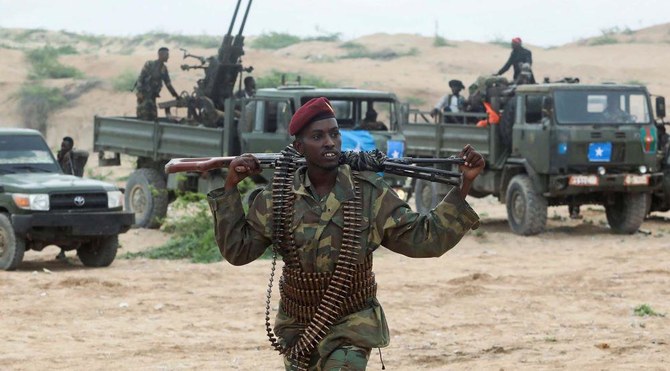Somali security forces, led by NISA, conducted intensive operations in the Lower and Middle Shabelle regions, resulting in the deaths of over 80 Al Shabaab Militants, including several top leaders. The week-long mission was aimed at dismantling the group’s infrastructure and weakening its operational capabilities. Authorities described the offensive as a critical step in restoring regional security and stability.
NISA Targets Al Shabaab Militants in Coordinated Offensive
During a series of planned operations in early April 2025, Somalia’s National Intelligence and Security Agency (NISA) reported eliminating over 80 Al Shabaab Militants. The offensive was carried out over the span of a week and included targeted raids and aerial surveillance to identify militant hideouts. Intelligence-led strikes were crucial in neutralizing high-value targets. The success rate of these operations indicates a strong coordination between ground troops and intelligence units.
Strategic Focus on Lower and Middle Shabelle Regions
The Lower and Middle Shabelle regions were identified as key militant strongholds due to frequent insurgent activity. NISA concentrated its efforts in these regions, accounting for nearly 65% of all reported militant movements in recent months. This strategic focus allowed authorities to disrupt logistics hubs and recruitment centers. The regions also hold geographical importance, linking routes used by militant cells for operations across southern Somalia.
Disruption of Militant Command and Supply Routes
Security forces claim to have successfully intercepted three major supply convoys used by militants for transporting weapons and food. Communications equipment and tactical gear were also seized. Officials estimate this disruption could reduce militant operational capacity in the region by 30% in the next two months. Surveillance drones played a vital role in tracking and identifying key movement routes.
Success in Operations Weakens Al Shabaab Militants’ Hold
The elimination of senior operatives has reportedly triggered confusion within the militant hierarchy. Intelligence analysts suggest a temporary breakdown in coordination between cells. Government sources believe continued pressure could reduce Al Shabaab Militants’ regional influence by up to 50% before mid-2025.


